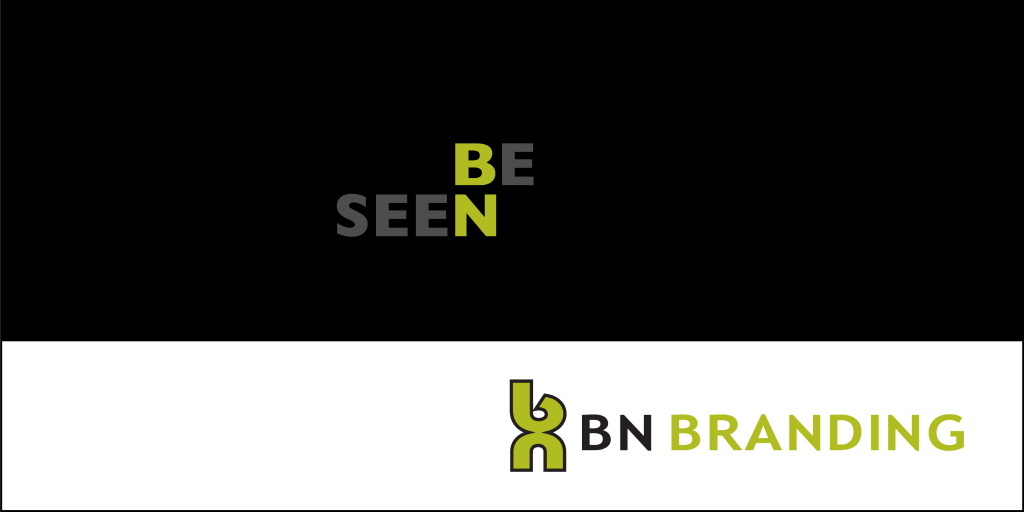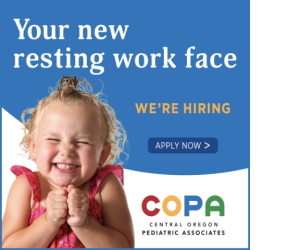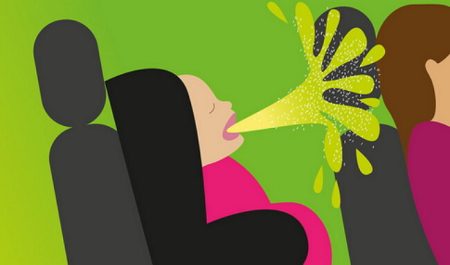![]() Every business owner on earth has asked this question at some point or another… They lament, “does advertising really work? Am I wasting my money? Please, someone, explain to me how this all works.”
Every business owner on earth has asked this question at some point or another… They lament, “does advertising really work? Am I wasting my money? Please, someone, explain to me how this all works.”
I will do my very best. Am I biased? Absolutely.
I’ve been in advertising for a long time, so I admit to being a devotee to the craft. And that’s exactly what it is… a craft that melds art and science together into a profitable commercial endeavor.
I experienced it first hand as a young copywriter at a catalog company named Norm Thompson. That’s where I first saw the power of a good headline and the importance of story telling for commercial gain.
I also enjoyed the business side of it… the magic of the right product/audience match, the wisdom of targeting, and the value of a great mailing list.
Norm Thompson used long copy to sell apparel and accessories to an affluent, older crowd. Every time we sent out a new catalog or a new direct response letter to our list we saw tremendous results. Often north of 30% response rate! The money came pouring in. Literally.
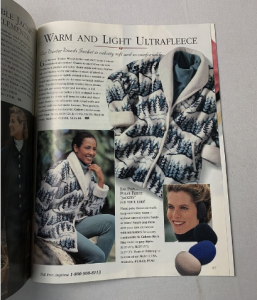
In its heyday Norm Thompson was a 200 million dollar company, and it was built entirely on the strength of its direct mail advertising. That was the business model. Does that not prove that advertising works?
I saw the same kind of results while writing infomercials. That kind of advertising is measurable down to the second, and highly lucrative — when done right.
At the same time, I was watching brands like Nike, Wendy’s and FedEx get launched into the stratosphere with simple, entertaining, mass market advertising.
So yeah… I am a believer.
But in recent years I’ve migrated more and more into business consulting roles that require a broad, third-party perspective on all of my client’s marketing efforts. I look at packaging, email marketing, design, website content, social presence, pricing, distribution, operational alignment, brand affiliations, and of course, advertising in all its forms.
What I’ve learned in 30+ years of this work is that nothing surprises me and no one does everything right.
Many business owners drop the ball completely when it comes to their advertising, and yet they’re still running much bigger businesses than I am. I’ve seen complete dog shit campaigns that worked wonders, and brilliant creative that did nothing at all.
So what do I know?
I know there are patterns that I’ve seen over and over again. I know that I have to keep learning from much smarter people than myself… the smartest marketers and most brilliant creatives in the world. And I know what new data shows…
Does advertising really work? Only if it is seen. And seen often.
Professor Byron Sharp, Director of the Erenburg-Bass Institute and frequent speaker at the Wharton School of Business has done extensive research on the subject of advertising effectiveness. In his book “How Brands Grow” he answers our question quite clearly.
“Forty years of single-source-based data has delivered solid empirical evidence that brand advertising drives sales among those who are exposed to it. These results have held across a range of brands, categories, countries and data sets.”
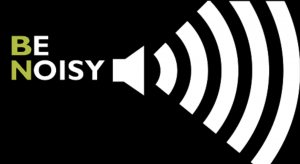
Let me repeat that important caveat: Advertising works among those who are exposed to it. In other words, your advertising’s never going to work on people who don’t see it.
Seems like a no brainer! You gotta make some noise. You gotta be seen.
And yet, most ad campaigns reach so few people they have no chance of moving the needle. Just not enough eyeballs, or ears, on the ads to make a difference.
There’s also a self-defeating lack of frequency — ie, repetition — in most ad campaigns from small and medium-sized companies.
I’ve seen this too many times… A business owner says, “I tried TV ads, and they didn’t work.” Then when I look at the details of the campaign I see that the ads reached very few people, very few times before the owner pulled the plug and made his definitive judgement on the entire affair.
Same thing for Facebook campaigns. You have to get the numbers up — way up — before you’ll see a significant lift in sales. It’s not a quick fix.
Campaigns that are thin on both reach and frequency are what give advertising a bad name.

Advertising works when it’s executed in creative, unexpected ways.
Most of the business owners I’ve worked with want to see advertising that’s persuasive and chock full of information. But in the context of advertising, no one pays attention to reason. In fact, people are tremendously skeptical of any fact, claims or info you pack into an ad.
Don’t waste your breath. The fact is, facts will not produce effective advertising.
Instead, you need to leave a lasting impression by doing, showing or saying something completely unexpected and refreshing. Feelings trump facts every time.
So it’s not just what you say, it’s how you say it. In fact, research from Sharp and his team show that advertising works even when it’s not the least bit persuasive.
“Even advertising that says nothing persuasive and gives no new reasons to buy can have a dramatic impact on sales. But it does need to be distinctive… The European style of advertising… quirky, understated, indirect, unusual visual effects and the use of bizzare humor is often surprisingly effective.”
That’s the stuff that wins advertising awards and gets studied and copied by creative teams all over the world. We recognize it as “good work” but business owners only see “risky.”
The real risk is saying the same old thing that everyone else is saying.
Here’s an example of small ads that had big impact. Sometimes it’s the simplest little examples that make the biggest statements.
During the Great Resignation of 2022 a client of mine said, “We really need some recruitment ads. We’re dying for more people in every location and every area of the practice. Can you help us with that?”
Of course. But we didn’t just crank out a quick & dirty recruitment ad that said Help Wanted, like most people would. We created a recruitment campaign that doubled as brand advertising.
This ad series ran for three months on Facebook & Instagram. And yes, this advertising really worked, on several levels…
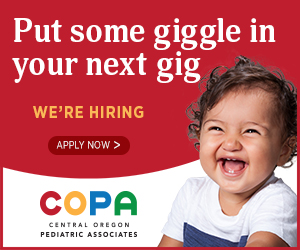

First and foremost, it helped our client fill her positions. Her HR Director was thrilled with the volume of applications that came in directly from people clicking on the ads.
Not only that, she said “The quality of the people who are responding seems to be a lot more promising that what I’ve seen in the last few years.”
She loved the ads and talked them up around the office. So the campaign was very good for morale at a time when they needed a friendly boost.
Sometimes ad campaigns are worth the money, just for the affect they have on your own employees.
Those little recruitment ads were also great branding ads. They contain all the important, distinctive brand assets of COPA advertising… Primary colors. Cute babies. Happy moms. A bit of wit.
They touch a chord and make people smile. And they have the indisputable mark of a market leader. No hopeful upstart can possibly contend with that.
Who knows how many moms will bring their next newborn to COPA because of that one, tiny touchpoint.
Price promotion advertising produces irrefutable results. But at what cost?
No one will argue the fact that promotional advertising moves the needle. When retailers run a big sale on a holiday weekend and make enough noise with their advertising, they make money.

Talk to any car dealer, mattress retailer or furniture store about that. The ROI is well known and repeatable, even when the ads look as bad as this one.
So yes, promotional advertising really works. But the benefits of that advertising do not last. It’s a short-term, adrenalin-producing blip in the sales data. And if you start running sale ads every other weekend, even the short-term high begins to diminish.
Like a bad drug.
If all you want is a short-term fix, then go ahead and do nothing more than ads that scream SALE, SALE, SALE! But if you want your advertising to produce consistent brand growth over time, price point ads cannot be your only approach.
You can’t keep bribing people. Not unless you want to known as the rock-bottom, discount brand. As Sharp says, there’s also a significant downside to that bump you get from sale ads.
“There is little evidence that shows that type of advertising brings in new customers who might pay full price next time. In fact, you’re probably poaching your own future sales by attracting customers who otherwise would have paid full price. Our advice to brand owners is to think long and hard about transferring any money from brand building activities to discounting.”
So promos produce short term results. There is also plenty of empirical evidence that shows brand advertising does produce sales. Unfortunately, it’s hard to see the effect in sales reports because the results are spread out over a long period of time.
So the most successful CMOs deploy a solid mix of long term brand advertising PLUS some short-term promotional campaigns to keep their brands cruising along at their current levels.
Sharp uses an airliner analogy… “The sales of a brand are like the cruising altitude at which an airliner flies. Ad spend is like the plane’s engines… while the engines are running, everything’s fine. But when the engines stop, the descent eventually starts.”
No business owner or CMO wants to be the one to test that theory by pulling the plug and going silent on every front. Crash and burn! I’d love to see a sales and market-share study of 100 businesses that were willing to do that. Any volunteers???
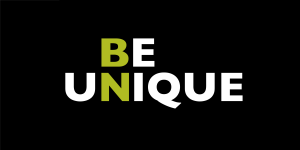
Advertising works by triggering associative memory.
Here’s a common scenario…
Someone gets a glimpse of an ad. It doesn’t even register the first time, or the second, or the third. (The human brain doesn’t remember anything as unimportant as advertising unless it’s exposed to the message multiple times.)
Ads have to be seen, heard and experienced over and over and over again.
Later that day she’s in the grocery store (or shopping online) trying to choose a reasonable bottle of wine, and she stumbles across a reminder of some kind — a distinctive brand asset that was in the ads — that cues her to pick up a certain brand.
She didn’t walk into the store with “brand purchase intent.” She remembers nothing about the ad content or the mission of the company behind the product. She’s not convinced of anything. However, she was primed to say “what hell, it’s worth a try.”
So with enough repetition, brand advertising works to get that one bottle of wine into the shopping cart one time. And you never know when that might happen. It could be weeks, months or even years after exposure.
In other words, good, old-fashioned top-of-mind awareness still works.
That means you need as many touch points, as many times, with as many people as you can possibly afford. It’s not easy, and yes, it takes a sustained commitment to a substantial budget.
“One of the hardest ongoing battles any marketer faces is to get occasional customers and non customers to think about their brand,” Sharp said.
You can’t just talk to a narrow niche of loyal customers and expect to see large returns on your advertising investment.
Advertising works as defense against aggressive competitors.
The other thing that advertising does is it keeps the jet from being shot down by competitors. It’s an effective defensive shield against new threats.
So, wrapping up…
Needless to say, this is not the final word on advertising effectiveness. Entire MBA programs are built around this question. The debate will go on.
Does Advertising really work? From my perspective, yes. But it depends…
It depends on your definition of success.
Promotional advertising works in the short term, but does not produce sustainable growth. Plus, it can hurt your brand in the long run.
Same thing goes for Google pay-per-click ads. It’s an effective way to buy traffic to your ecommerce store, but they do nothing for your brand. As Sharp put it, those types of brand activation activities “do not alter the underlying propensities to buy in the future.”
Iconic brands are not built on promos, clicks or “brand activations” alone.
Brand advertising rarely produces a measurable short-term sales bump, but it’s what sustains long-term growth and keeps brands in the air.
So in a perfect world, you’d split your marketing budget down the middle and run both forms of advertising in a reasonably high volume.
The ads would be blasted consistently, year after year, to a large number of people.
And you’d recognize that quality also matters. If your ads are boring, and they have no distinctive brand cues that help people make spur-of-the-moment decisions, they won’t work.
If you want advertising that really works, contact me here. Or reach out on LinkedIn.


